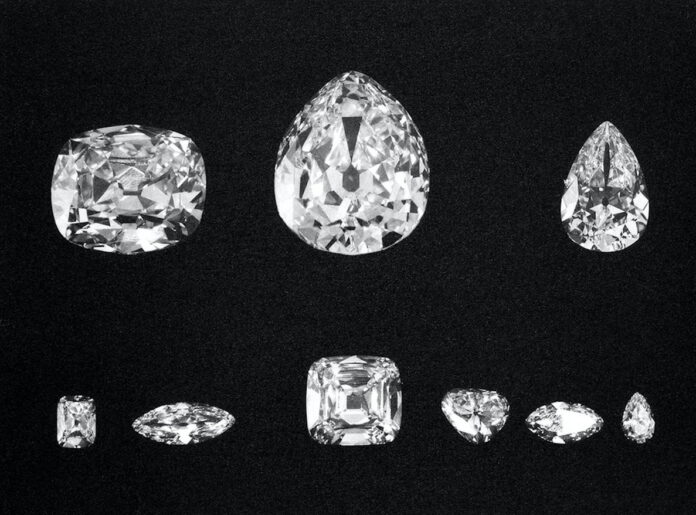In the annals of gemological history, few discoveries are as renowned and significant as the Cullinan Diamond. Unearthed in 1905 at the Premier No. 2 mine in Cullinan, South Africa, this remarkable gem stands as the largest gem-quality rough diamond ever found. Weighing an awe-inspiring 3,106 carats, the Cullinan Diamond has a storied legacy that continues to captivate gem enthusiasts and historians alike.
The Discovery
The Cullinan Diamond was discovered by Frederick Wells, the surface manager of the Premier Mine, on January 26, 1905. The massive stone was found just 18 feet below the surface, and its discovery sent shockwaves through the gemological community. Named after Sir Thomas Cullinan, the owner of the mine, the diamond quickly garnered international attention for its unprecedented size and quality.
The Cutting of the Cullinan
Given its enormous size, the Cullinan Diamond presented unique challenges in cutting and polishing. The stone was sent to the renowned Asscher Brothers of Amsterdam, who were tasked with dividing the diamond. Joseph Asscher, one of the leading diamond cutters of the time, meticulously studied the gem before making the first cleave. The process took eight months, during which the diamond was cut into nine large stones and approximately 100 smaller ones.
The Great Star of Africa
The largest of the nine principal stones cut from the Cullinan Diamond is the Cullinan I, also known as the Great Star of Africa. Weighing 530.2 carats, this pear-shaped gem is the largest clear-cut diamond in the world. The Great Star of Africa is set in the head of the Sovereign’s Sceptre with Cross, part of the British Crown Jewels, and is displayed in the Tower of London. Its dazzling brilliance and sheer size make it one of the most famous diamonds in the world.
The Lesser Stars of Africa
The second-largest stone, Cullinan II, or the Lesser Star of Africa, weighs 317.4 carats and is set in the Imperial State Crown, also part of the British Crown Jewels. The remaining seven principal stones, known as the Cullinan III through Cullinan IX, along with the smaller diamonds, were also incorporated into various pieces of jewelry, many of which are still part of the British royal collection.
